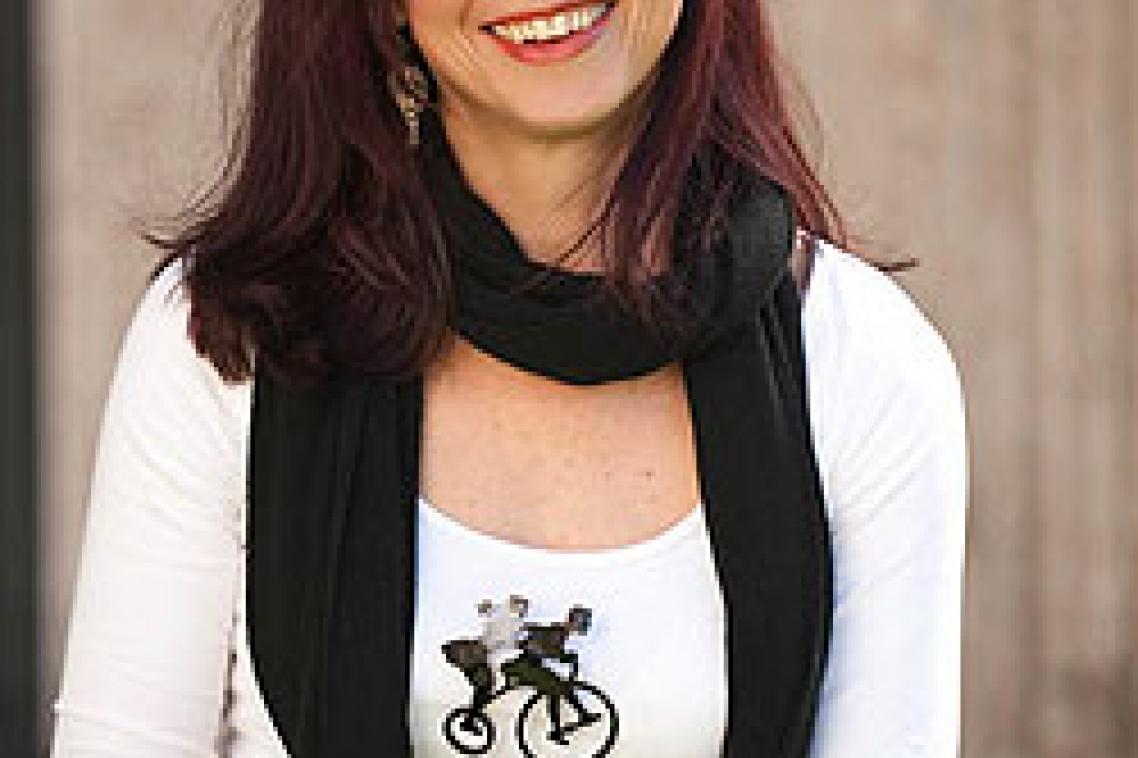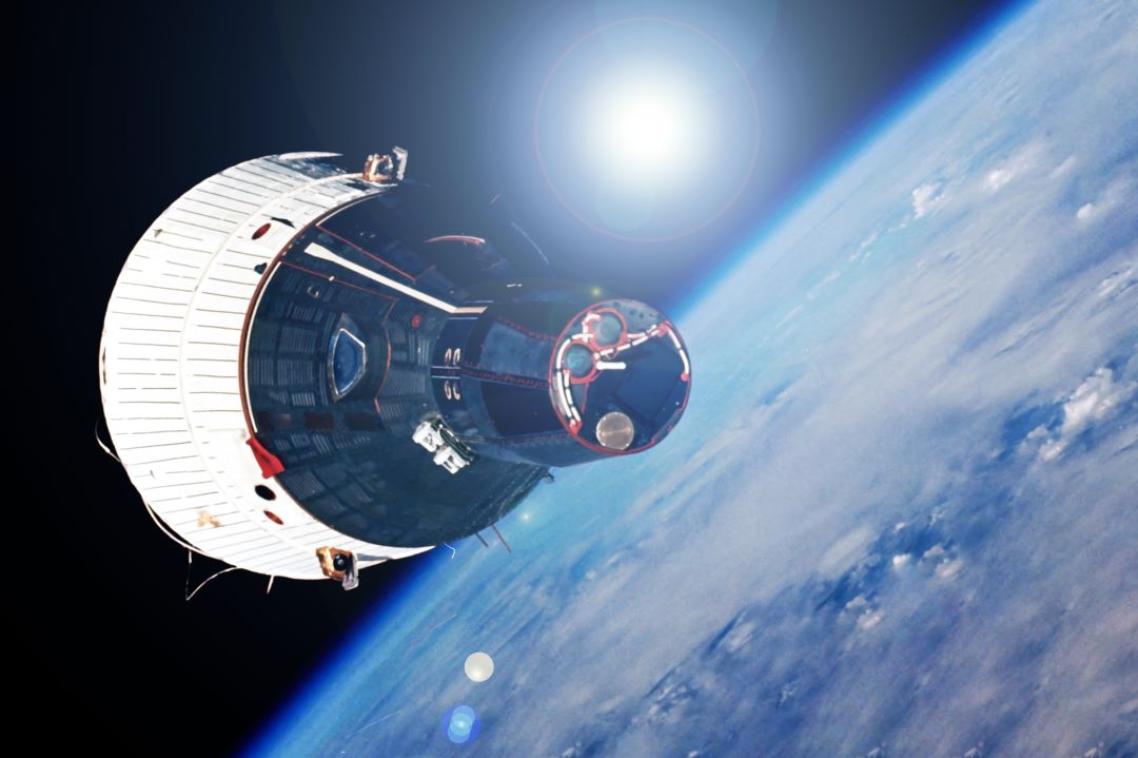Philosophers, artists and medical researchers unite for symposium

Experts will gather at UQ next week to look at the human body in a new light for the Virtual Anatomies: The Cultural Impact of New Medical Imaging Technologies conference.
Held from August 30-31 at the Queensland Brain Institute, the event will assess the cultural impact of new medical imaging technologies and examine their role in reshaping how bodies are seen and what they mean in popular, commercial and clinical contexts.
"It will be the first symposium of its kind in Australia," conference convenor Dr Elizabeth Stephens said.
Virtual Anatomies is inviting scientists, philosophers, artists, bioethicists, medical researchers, historians and cultural theorists to consider the medical, ethical, aesthetic and philosophical issues raised by the increasing use of imaging technologies in 21st century, and their important role in medical research and practice
Dr Stephens said during the past 10 years, images of the body produced by these technologies have come to circulate across a wide range of popular contexts: on television shows, in government health campaigns and for advertising commercial products.
"Advances in technology have exposed the interior anatomy of bodies and we assume what we are seeing is the truth of those bodies," Dr Stephens said.
"It is important for researchers to understand how they these kinds of images are produced and how they acquire significance.
"The changes extend to the technologies fuelling new intersections between art, science and bodies. For instance, these new images can inspire visual artists to produce new kinds of artwork or they can encourage scientists to see the aesthetic properties of their clinical images."
As the range of technologies grows more diverse the extent to which they impact the contemporary public's idea of the body is only likely to increase.
The symposium's keynote speakers include:
- Oron Catts, Director and founder of SymbioticA, Centre of Excellence in Biological Arts at the University of Western Australia
- Susan Dodds, Professor of Philosophy and Dean of the Faculty of Arts at the University of Tasmania
- Michael Sappol, curator-historian at the National Library of Medicine (Washington DC)
- Margrit Shildrick, Professor of Gender and Knowledge Production at the University of Linkopin
- Susan Stryker, Director of the Institute for LGBT Studies, and Associate Professor of Gender and Women's Studies at the University of Arizona
Virtual Anatomies: The Cultural Impact of New Medical Imaging Technologies will be hosted in the Auditorium, Level 7 at QBI from August 30-31. Registration is free, but essential for catering purposes. To register for the symposium, please contact r.oldfield@uq.edu.au
Media: Dr Elizabeth Stephens (07 3346 9493, e.stephens@uq.edu.au) or Dania Lawrence (07 3365 9163, d.lawrence@uq.edu.au)
Related articles

Thousands of Queensland reef photos lead to worldwide change

UQ to conduct world-first tests into effectiveness of magnetic heat shields for atmospheric re-entry of large spacecraft
Media contact
UQ Communications
communications@uq.edu.au
+61 429 056 139
